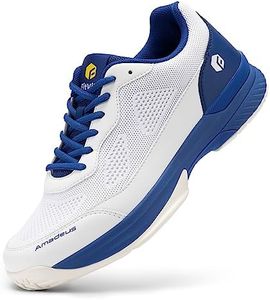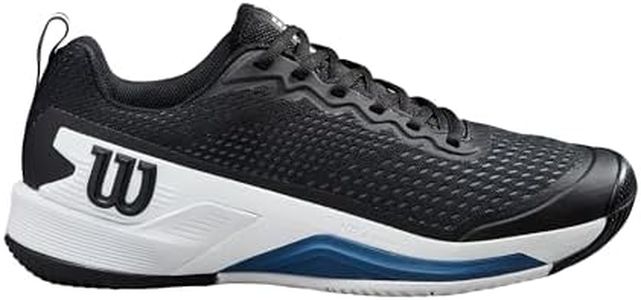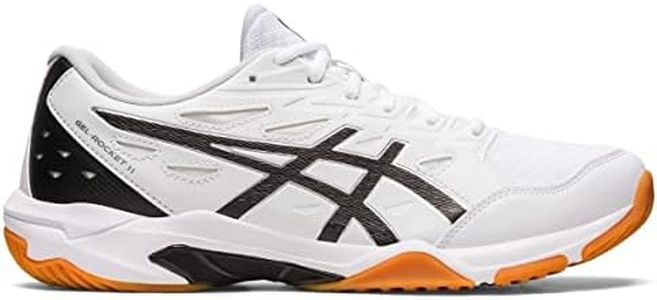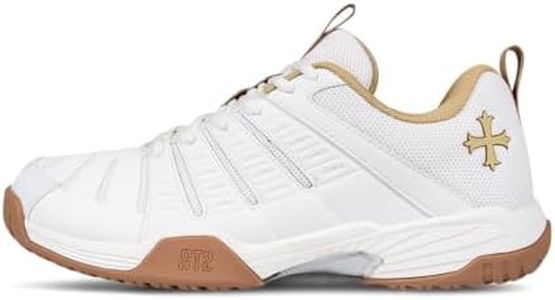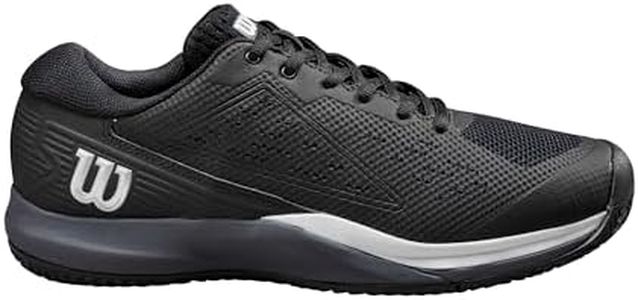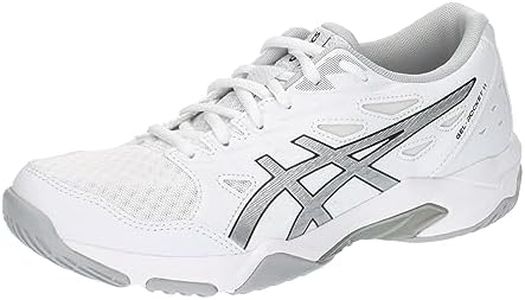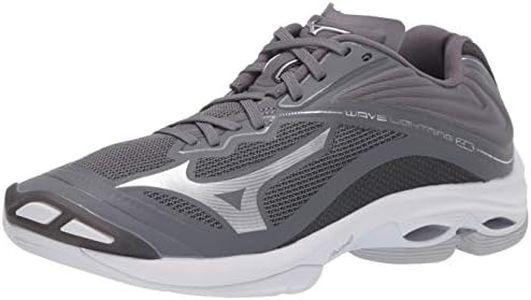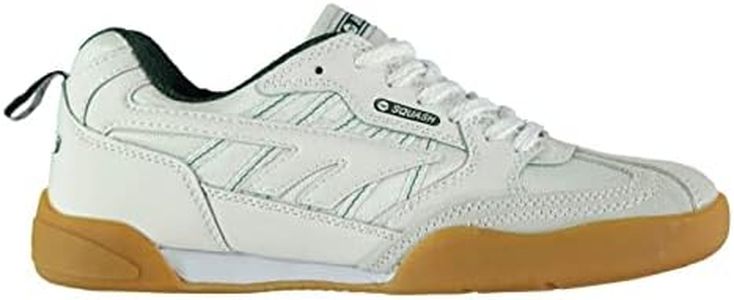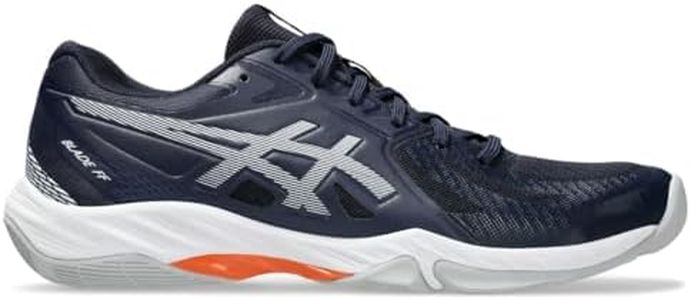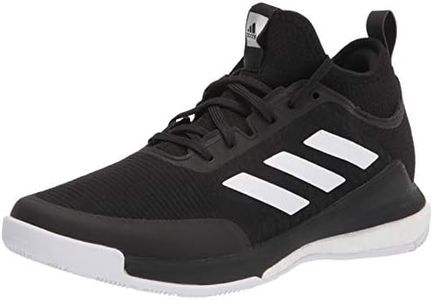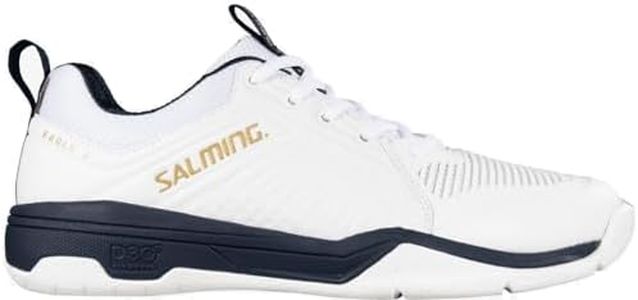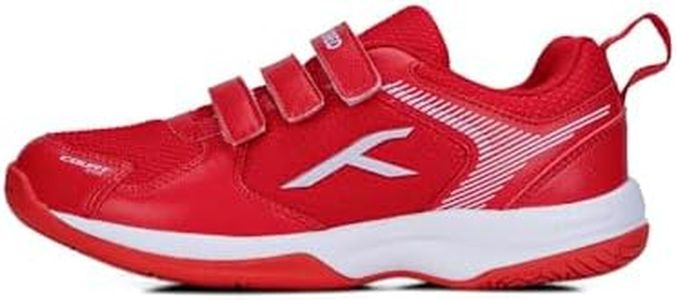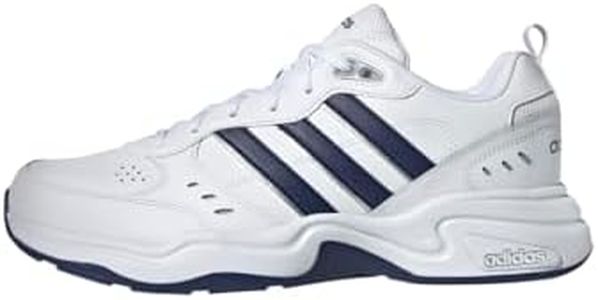We Use CookiesWe use cookies to enhance the security, performance,
functionality and for analytical and promotional activities. By continuing to browse this site you
are agreeing to our privacy policy
10 Best Squash Shoes
From leading brands and best sellers available on the web.By clicking on a link to a third party's website, log data is shared with that third party.
Buying Guide for the Best Squash Shoes
Choosing the right squash shoes is essential for both comfort and performance on the court. Squash involves quick movements, sudden stops, and changes in direction, so the footwear you select should give you the stability, grip, and support needed to play at your best while also protecting you from injury. Understanding the key features of squash shoes will help you pick a pair that is tailored to your playing style and physical needs.Grip (Outsole Material and Pattern)Grip refers to how well the sole of the shoe holds onto the court surface. In squash, a non-marking rubber outsole is standard as it gives good traction while preventing scuff marks. The tread pattern can vary: herringbone, circular, or mixed designs each affect the stability and movement. If you do a lot of sudden stops and fast changes of direction, prioritize shoes with a stickier sole and more intricate tread. Players who prefer a smoother, quicker glide may opt for a more basic pattern. Making the right choice here ensures you stay balanced and safe during matches.
Support and StabilitySupport and stability describe how well the shoe prevents your foot from rolling or twisting, especially during swift lateral moves. This is mainly affected by the structure of the midsole and the firmness of the upper. Shoes with firmer sides and sturdy construction provide great support for aggressive players or those prone to rolling their ankles, while lighter and more flexible shoes work for agile players who rely on speed. Assessing your movement style and any history of foot or ankle issues will help determine whether to prioritize maximum stability or go for a lighter, more flexible option.
CushioningCushioning is the shock-absorbing ability of the shoe, typically found in the midsole. Good cushioning reduces stress on your joints during jumps and fast footwork. Players who play longer matches or are heavier will generally benefit from more cushioning, as will those who experience discomfort or fatigue in their feet. If you prefer maximum court feel and quick response, a shoe with less cushioning might suit you better. Think about how your feet feel after sessions: if you often get sore, more cushioning may be a better match.
Fit and ComfortFit and comfort refer to how well the shoe matches the shape of your foot and how comfortable they feel when worn, especially over extended periods. A proper fit is snug but not tight, with enough space for toes to move naturally. Some shoes are narrow, others wider, and various lacing systems can adjust the fit. Consider whether you have wide or narrow feet, and if possible, try different types. Prioritize comfort, as anything that pinches or rubs will distract you during play and could lead to blisters or injuries.
WeightWeight is how heavy the shoe feels on your feet. Lighter shoes make you feel quicker and less fatigued, ideal for fast-paced, attacking styles. Heavier shoes, often with more support and cushioning, are better for players prioritizing stability and durability. Personal preference and playing style should guide you: aggressive, speed-focused players might lean toward lightweight, while defensive players or those seeking extra protection may choose something with more bulk.
BreathabilityBreathability is how well the shoe allows heat and moisture to escape. Shoes made with mesh panels or perforations help keep your feet cool and dry, which is important in a demanding game like squash. If you tend to sweat a lot or play in warmer environments, choose shoes with more ventilation. For those playing in colder places or who have less issue with hot feet, this spec can be less critical but still a valuable comfort factor.
DurabilityDurability reflects how well a shoe stands up to frequent use and the tough conditions of the squash court. Reinforced areas, stronger materials, and solid construction help shoes last longer. If you play several times a week, durability is more important. If you play occasionally, you might prioritize other features instead. Assess how hard you are on your footwear and how often you’ll wear them, then use that to balance durability against other factors.
